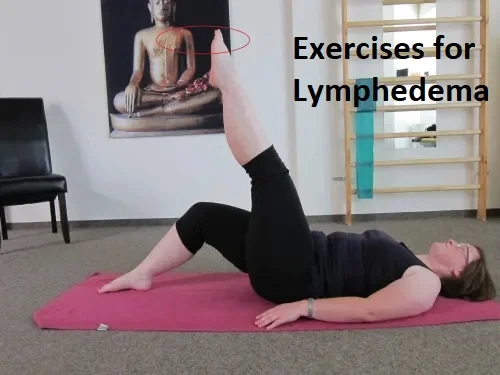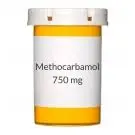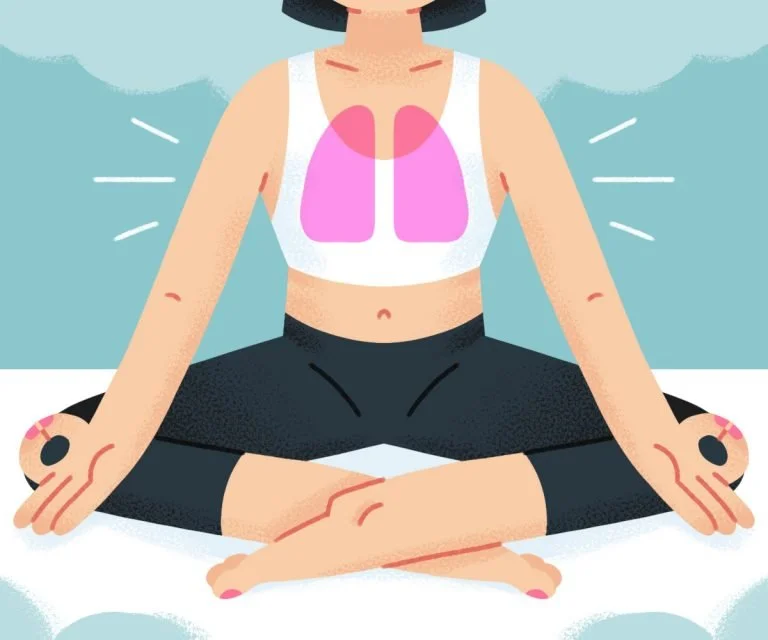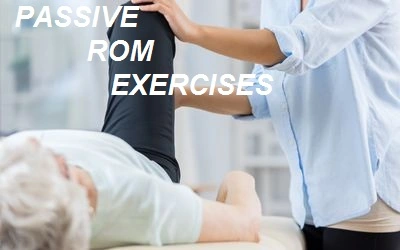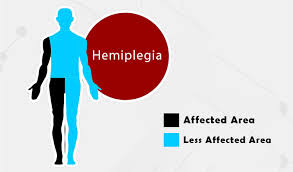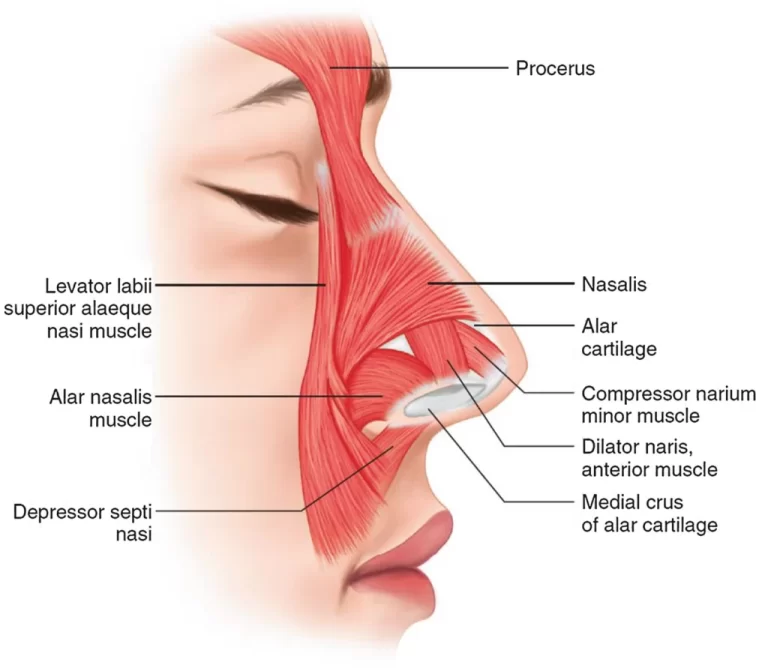Best Exercises for Lymphedema
Exercise for Lymphedema is an important part of your overall treatment program that helps to reduce edema and helps in venous drainage of the affected limb, improving muscle strength, and enhancing overall well-being.
The current study suggests that exercise can be helpful to people with lymphedema. research can indicate that exercise can enhance the range of movement and power of the affected limb(s), as well as improve overall fitness and active quality of life, and can be performed without worsening symptoms of lymphedema.
What is lymphedema?
Lymphedema is a gathering of fluid in the fatty tissue under the skin that happens due to a damaged or incorrectly working lymph system. It usually induces swelling, as well as other symptoms. Lymphedema can induce numbness, tingling, pain, and cellulitis (a skin infection) in the affected area. If lymphedema was non treated, this condition can direct to serious health issues.
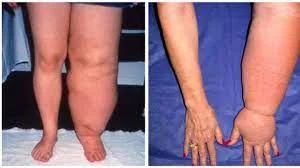
When your lymph system does not work properly, your body gets fluid and may start to swell. The swelling generally affects your hands and legs, but it can affect other parts of your body, too. Lymphedema also raises your risk of developing an infection. Lymphedema can induce after specific surgeries or because you have specific medical conditions or genetic diseases. You may have lymphedema immediately, it means this for no known reason.
Lymphedema signs may be mild, generating minor swelling and pain. many times lymphedema may induce considerable swelling that can be painful and induce skin problems like infections and injuries. Physicians can not cure lymphedema, but they do include treatments to decrease lymphedema swelling and discomfort. There have many things you can do to limit the effect lymphedema may have on your quality of life.
Ladies undergoing breast cancer therapy are at high risk for acquiring lymphedema in the arm and hand on the same side as the involved breast. Between 25% and 35% of patients who have breast cancer surgery and radiation will develop lymphedema. Axillary (underarm) lymph node reduction, radiation, and scar tissue are parts of breast cancer therapy that can induce lymphedema. Upper limb exercises, including strength training, can decrease upper body lymphedema. Lifting light weights helps the lymph fluid move through the body and allows the body to reabsorb extra fluid.
This essay will review arm exercises and leg exercises that can help relieve lymphedema after cancer treatment and any other cause of lymphedema.
Your doctor may recommend this treatment :
- Compression garments: These fabric sleeves spread pressure to the involved limb to allow lymph fluid to circulate.
- Compression devices: These compression sleeves are connected to a pump that automatically operates and releases pressure on your limb on a timed schedule to control lymph buildup.
- Exercise: Mild exercises may encourage lymph drainage and maintain your affected limb.
- Bandages: Bandages: When properly wrapped, these can aid in directing lymph fluid toward the torso of your body. You can also wear them to help control lymph fluid from going back into your involved limb.
- Massage: A specially qualified professional can apply gentle massage to assist move fluid from areas of swelling to other areas where functioning lymph vessels may take it away.
Preparation for Lymphedema Exercises:
Before you begin, be sure to talk to your doctor about your exercise plans. You can also be referred to a physiotherapist who specializes in lymphedema. If you are recently undergone surgery, wait until your surgical drains and sutures are out before doing these exercises.
If you suffer from lymphedema, always wear your compression sleeve on the involved arm at the time of exercising. Stop doing exercise if your arm starts to hurt, swell, or turn red. Wear a loose Dress or comfortable clothing. Warm your involved parts and hand before beginning by carrying a warm shower or bath this may allow your muscles to relax.
These exercises help to prevent swelling by moving lymph fluid back into your body’s circulation. Complete these exercises daily for good results. Consistently wear your compression garment.
- If your affected limb feels fatigued or uncomfortable, ease off, or prevent it.
- Start gradually and slowly build up.
- Talk to your therapist before starting exercises with weights or resistance.
- Start and finish every exercise session with breathing exercises.
- Avoid using hot tubs, saunas, steam rooms, and hot baths because they can create a heightened swell.
Tips to get more benefits from exercise:
- Mild rhythmical exercise that prompts action and stretching can enhance lymph drainage, joint motion, and posture.
- Activity can be taken in multiple different forms like housework, walking the dog, or swimming.
- The subsequent activities are to help improve joint movement and decrease limb swelling.
- They should be done slowly and rhythmically.
- Try to integrate them into your everyday practice.
Here is what you need to start exercise:
- One pair of 1-pound free weights.
- Compression sleeve for involved parts.
- Flexible ball.
- A hard chair for sitting.
- An area big sufficiently to sleep down on.
Exercise for Lymphedema of the arm:
Breathing Exercises
- To perform this exercise you have to sit or lie with shoulders relaxed and hands resting on your belly.
- Inhale through your nose and feel your tummy rising then gradually sigh out via your mouth.
- Repeat five times.
Ball Squeeze—Seated Exercise

- Take a flexible ball that is a bit bigger than your palm. The exercise ball should not be weighty and should deliver some resistance to your grip.
- To start this exercise you can sit or stand with an erect posture. maintain your back and neck straight and your shoulder muscles relaxed.
- Hold your exercise ball lightly between the palm and fingers.
- Stretch your arm in front of you, keeping your arm higher than your heart. by keeping your arm elevated, press the ball with your fingers as tightly as you can. Maintain the squeeze for about five seconds, then remove it.
- Do this exercise five to ten times.
Elbow Flexion

- You can perform this movement with bilateral arms. hold one kg dumbbell in both hands during this exercise.
- You can sit or stand with good posture, hold your back and neck straight and your shoulder are relaxed. Keep a one-pound free weight in both hands with your palm up. put your hands on your lap.
- Slowly flex your elbows and lift both hands toward your chest. When your hands are midway up, stop increasing and hold the position for about 5 seconds.
- Now gradually lower your hands back down to your lap.
- Do this exercise ten to fifteen times, always moving slowly.
Elbow Extension
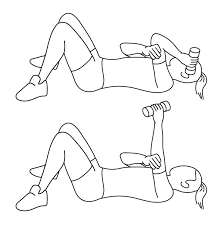
- With both arms, you can carry out this movement.
- To start this exercise you have to take a supine lying position and keep your back and neck in one line. maintain your lower back flat, and flex your knees. Your feet should be flat on the floor and separated
- Use a one-pound free weight in both hands during this movement. keep the hands shoulder-width apart.
- elevate both arms straight up above your body. Gradually flex your elbows and lower both hands toward your chest. When your elbows are flexed at a ninety-degree angle, stop moving and keep the position for about ten seconds. Now gradually increase your hands back up to the position. Do this exercise ten times, always pushing slowly.
Shoulder Horizontal Adduction
- You can perform the shoulder horizontal adduction on both arms.
- To start this exercise you have to take a supine lying position, with your knees bent. Ensure that your neck and back are both straight. Ensure that your neck and back are both straight. Your knees and feet should be shoulder-width apart, with your feet flat on the floor.
- Grab a one-pound dumbbell in both hands.
- Straighten your arms away from your body, relaxing them on the ground.
- Without flexing your elbows, slowly lift both arms directly up above your body until you can bring your palms jointly.
- For around ten seconds, maintain this position.
- Now gradually lower your arms back up to position.
- Rest for two seconds.
- Do this exercise ten times, always moving slowly.
Shoulder Flexion
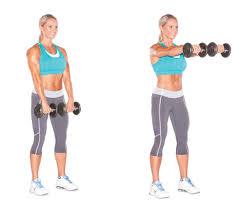
- To start this exercise you have to stand straight erect posture, arms by your sides. Carry a one-pound free weight in both hands, palms should be toward your body.
- Gradually lift both arms, using a gentle controlled movement. When your arms are nearly overhead, stay and hold this position for five seconds.
- Now gradually lower your arms do not swing, but utilize control until your hands are back beside your body.
- Do the shoulder flexion 10 times.
Shoulder Abduction
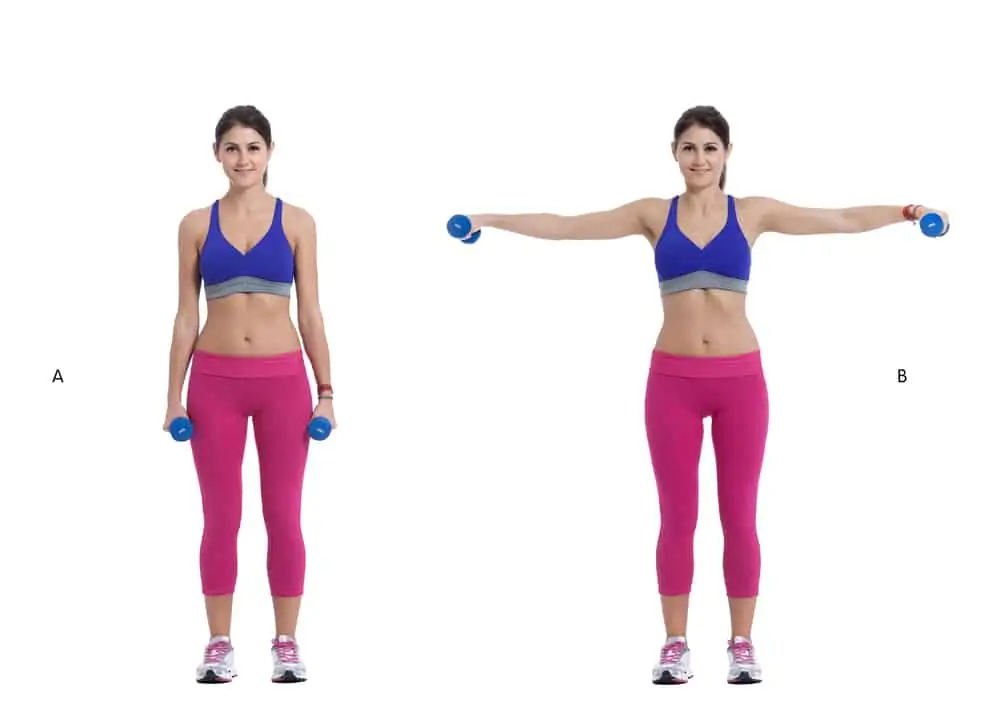
- Shoulder abduction exercises can be performed with both hands.
- To start this exercise you have to Stand with good posture, arms by your sides.
- Grab a one-pound free weight in both hands, palms facing forward.
- Gradually lift both arms out to your sides, using a gentle controlled movement. When your arms are not quite overhead, pause and hold this position for ten seconds.
- Once your hands are back next to your body, slowly lower your arms back down. Do not drop your arms; instead, apply a controlled motion.
- Do this shoulder abduction ten times.
Pole Walking
- To do pole walking use a set of fitness walking poles that have a hand strap at the top. The poles should stay behind your stride and consistently point obliquely backward as you walk. Maintain your shoulders relaxed and grab the poles near your body.
- Step forward with your left foot, and turn your right arm forward, up to waistline height. Your right pole hits the floor just after your left foot.
- Maintain your trunk upright, and do not lean forward when you walk.
- Allow your left arm to extend straight behind you so that it forms a line with the tip of your left pole. Roll your right foot from heel to toe as you walk, going off with your toe.
- Alternate feet and poles while keeping good posture as you pole walk.
Exercise for Lymphedema of the Leg
Static Glutes
- To perform this exercise you have to take a supine lying position with your knees flexed.
- Contract your buttocks, hold for five seconds, then release.
- Do five to ten times
Static Quads
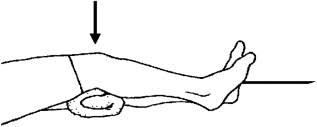
- To perform this exercise you have to lie on your back with your legs extended.
- Put the back of your knee into the mattress while bringing your toes towards you.
- Hold for five to seven secs and then relax.
- Repeat five times.
Knee to chest

- To perform this exercise you have to lie on your back and flex your hip and knee up towards your chest.
- Relax your leg down beside.
- Repeat with the opposite leg.
- Repeat five times with both legs.
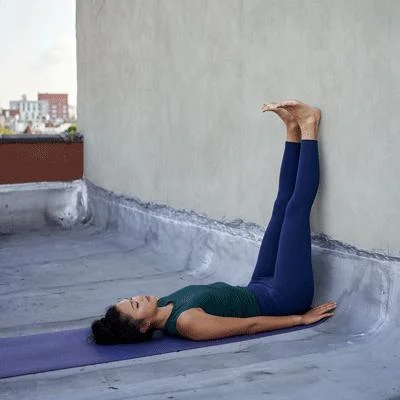
Leg raises on the wall
- A leg raise on the wall is the best exercise for lymphedema in the leg.
- You can perform this exercise by lying down on your back with your feet up against a wall and your knees extended.
- Gradually flex the knees, gliding your feet down the wall.
- Now straighten your knees, sliding your feet upward the wall.
- Do this five times. times.
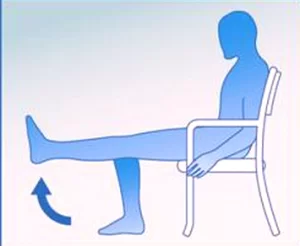
Knee Extensions
- To perform this exercise Sit on the border of your bed.
- Extend your leg out in front, stretching your toes up towards the sky as you do.
- Flex your knee so your foot returns to the ground.
- Repeat five times on both legs.
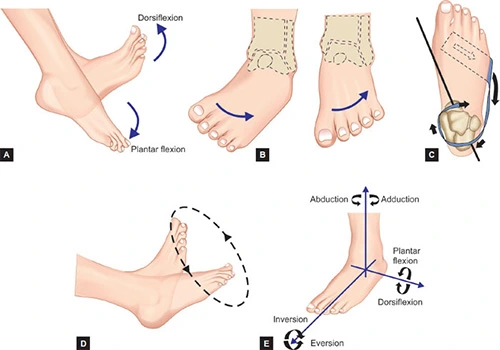
Ankle bends /circles
- Turn your ankle up towards you, so your toes point to the top.
- Flex your ankle down, signifying your toes to the ground.
- Do ten times
- Turn your ankle clockwise ten times.
- Circle your ankle anti-clockwise ten times.

Ankle raises
- To Start this exercise grasp onto a firm surface.
- Raise your heels off the ground. Do it five times.

Straight Leg raises
- To do a leg raise you have to take a supine lying position and both arms and legs are straight.
- Now, lift your right leg towards the ceiling hold it for two seconds then gradually take it down.
- Complete 5 to 7 repetitions on one side then do this on the opposite leg
March

- If necessary, stand holding onto a firm surface.
- For a minute, march slowly in the same place.
Leg cycle
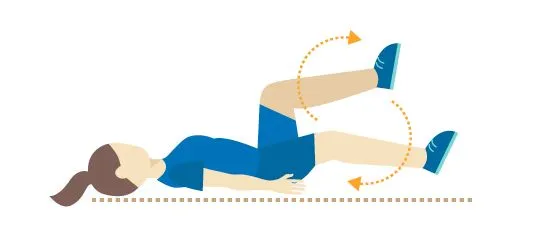
- To start the leg cycle exercise you have to lie down on your back with your feet resting on two pillows, lift your legs off the pillows, and cycle them in the air.
- Do five cycles and then take two-minute rest.
- Do this leg cycle five to seven times.
You can also do walking, running, and swimming exercises along with this exercise.
Warning signs to stop exercising:
- When you have a fever.
- If you experience chest pain.
- If you suddenly become fatigued or short of breath.If you experience a lot of leg cramps or pain.
- If you suddenly start feeling sick while exercising.
- If you’re feeling confused or doubtful.
- If you recently experienced neck, back, or bone discomfort that did not go away with rest.
- If your heartbeat is irregular.
Lymphedema Precautions:
Keep watch for signs of infection-related symptoms like discomfort, redness, swelling, or a rise in skin temperature. If you see any of these symptoms or have a fever, call your doctor immediately.
- Take a healthy diet – Overweight can puts an extra burden on the lymphatic system. If you are heavy and have feel swelling, losing weight can help decrease it by relieving the amount of fatty tissue which has fluid and blocks lymphatic routes.
- Tell the nurse or technician that you have a lymphatic condition before they measure your blood pressure, draw blood samples, give you an injection, or use acupuncture on the affected extremity.
- Save your skin from the sunlight and avoid excessive temperature changes – improved skin temperature will generate an increased blood supply, which will increase edema. avoid taking whirlpools, steam rooms, hot baths, and sunbathing.
- Defend against insects – rash from their bites/stings can aggravate lymphedema. wearing gloves while accomplishing housework or gardening is a good idea.
- Avoid heavy weight lifting and vigorous repetitive activities against resistance with the involved limb – excessive stress induces sudden fast blood flow through the muscle, which will increase edema. do not carry heavy bags over-the-shoulder straps on the involved arm.
- Epidermis cutting should be avoided since it can cause an injury that allows microorganisms to enter the body: straight across nail cutting.
- Use an electric razor – to control puncturing the skin and following infection.
- Avoid tight clothing and jewelry – tightening items will exacerbate an already compromised circulatory system.
- Repetitive motions with the affected arm, such as scraping, pushing, or tugging, should be avoided.
- Maintain proper hygiene by using hypoallergenic soap to keep skin clean and dry. Walk with shoes on.
- Patients with lymphedema who are traveling, or those at risk, must wear a properly fitted squeeze sleeve.
- Evade tight-fitting jewelry on the involved arm or hand.
- Talk to your therapist about sports – slowly progress your exercise to avoid sprain/strain.
FAQ
Is it safe to exercise with lymphedema?
Exercise is safe for people with lymphedema as long as they follow a few simple guidelines. If you are suffering from lymphedema you have to wear your compression bandages or your compression garments while exercising.
can exercise make my lymphedema more harmful?
No. exercise is safe with lymphedema but it should be performed under the supervision of the therapist. gradually progressive weightlifting schedule had a 50% reduction in the possibility of lymphedema outbursts during the time of the exercise.
Why compression garment is compulsory during the exercise?
Compression garments improve the efficiency of the muscle pumps in moving the fluid from your limb(s), trunk, or face. Without the compression, the inflated circulation and improved production of lymph fluid will collect in the sites that are lymphedematous, or swollen.
How do I begin to exercise?
To start exercising, first, receive the go-ahead from your healthcare professional. Then begin slowly with no weight, doing an active range of motion exercises.
Your exercise should be:
Low intensity.
Pain-free.
Done while wearing compression bandages or garments.
Enjoyable!
Which precautions should be taken care before exercising with lymphedema?
You have to avoid repetitious activities like scrubbing, pushing, or pulling, with the affected arm. not to lift heavy weights with the involved arm.
Which is the best exercise for lymphedema in the lower limb?
A leg raise on the wall is the best exercise for lymphedema in the leg. You can perform this exercise by lying down on your back with your feet up against a wall and your knees extended. gradually flex the knees, gliding your feet down the wall. now Straighten your knees, sliding your feet upward the wall. do this five times.
Which are the healthy practices for lymphedema?
You have to avoid long time standing and sitting positions. you have to move and change the position throughout the day.use proper fitting footwear and hosiery.
Why heat is contraindicated for lymphedema?
Hot and cold therapy can induce the skin to swell and dry out. It will also generate fluid to build up. so that’s why Do not use hot tubs, saunas, or a heating pad.
How we can improve lymphatic circulation?
There have different easy and effective ways to enhance the health of both your cardiovascular and lymphatic circulatory systems:
Consume plenty of water.
Do Exercise regularly (both cardio and strength training).
Consume a healthy diet.
Apply massage over the affected area.
Test manual lymph drainage treatment.
How will you control lymphedema infection?
Here we describe the prevention of Lymphedema
By not taking injections or blood pressure measurements on the affected side.
Immediately you have to treat cuts and scratches with an antiseptic ointment.
Use an insect repellent to control insect bites.
Your skin should be clean and dry, and utilize an option to soap, like an E45 wash.

